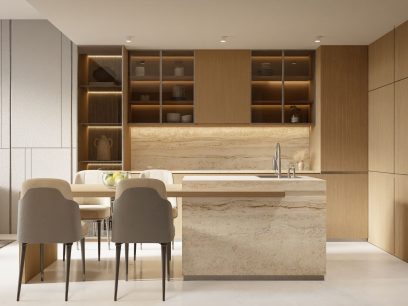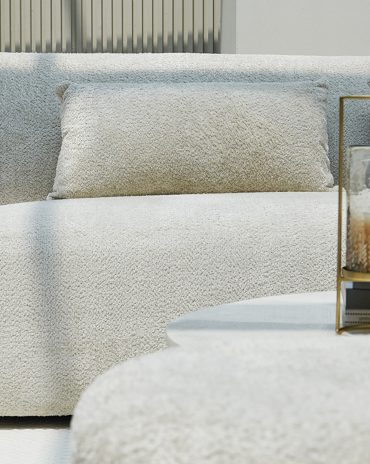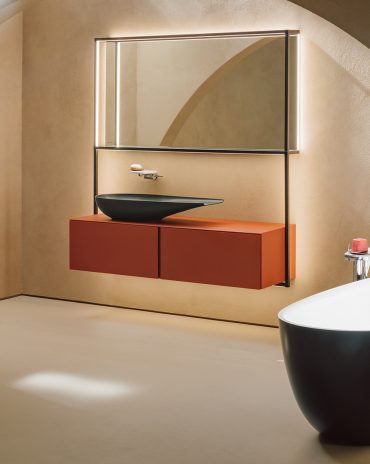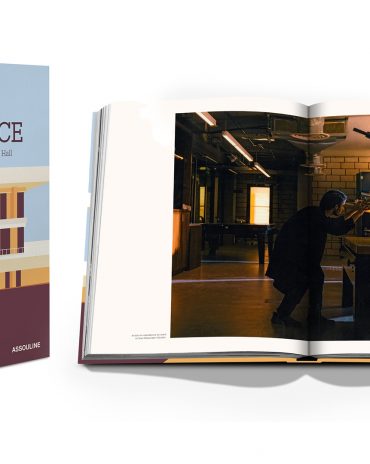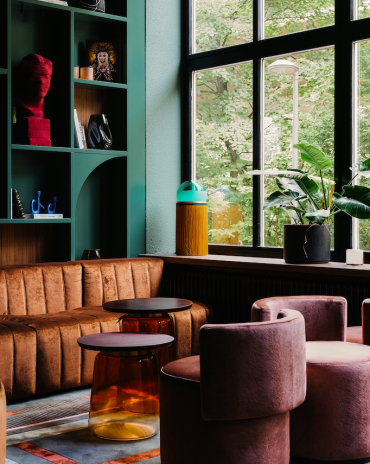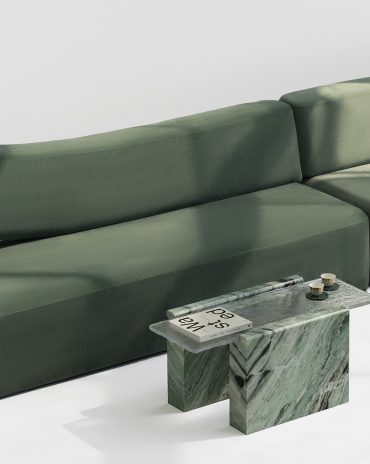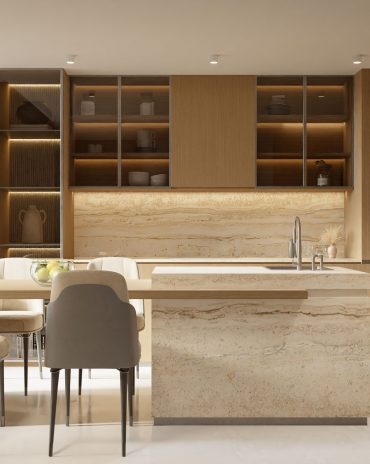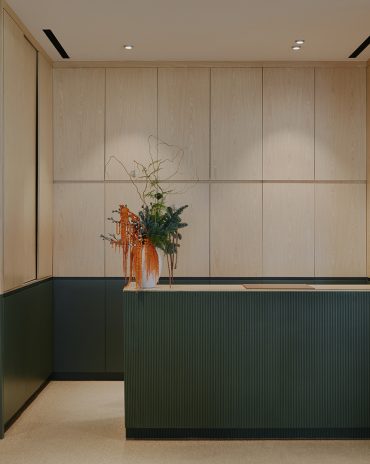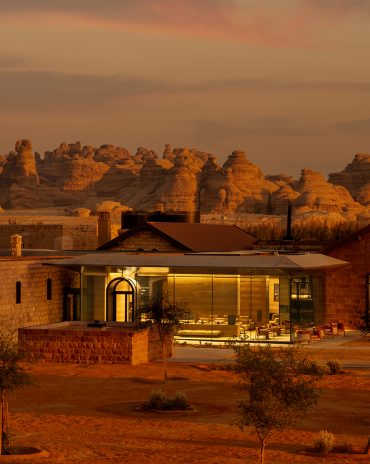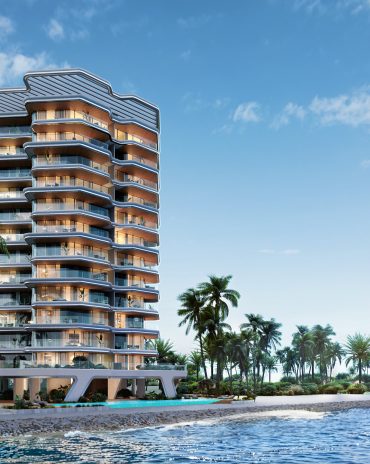Copyright © 2025 Motivate Media Group. All rights reserved.
Vanessa Northway on how the COVID-19 pandemic is shaping interiors
Innovation is key to creating homes, offices and other spaces in this new world, she says
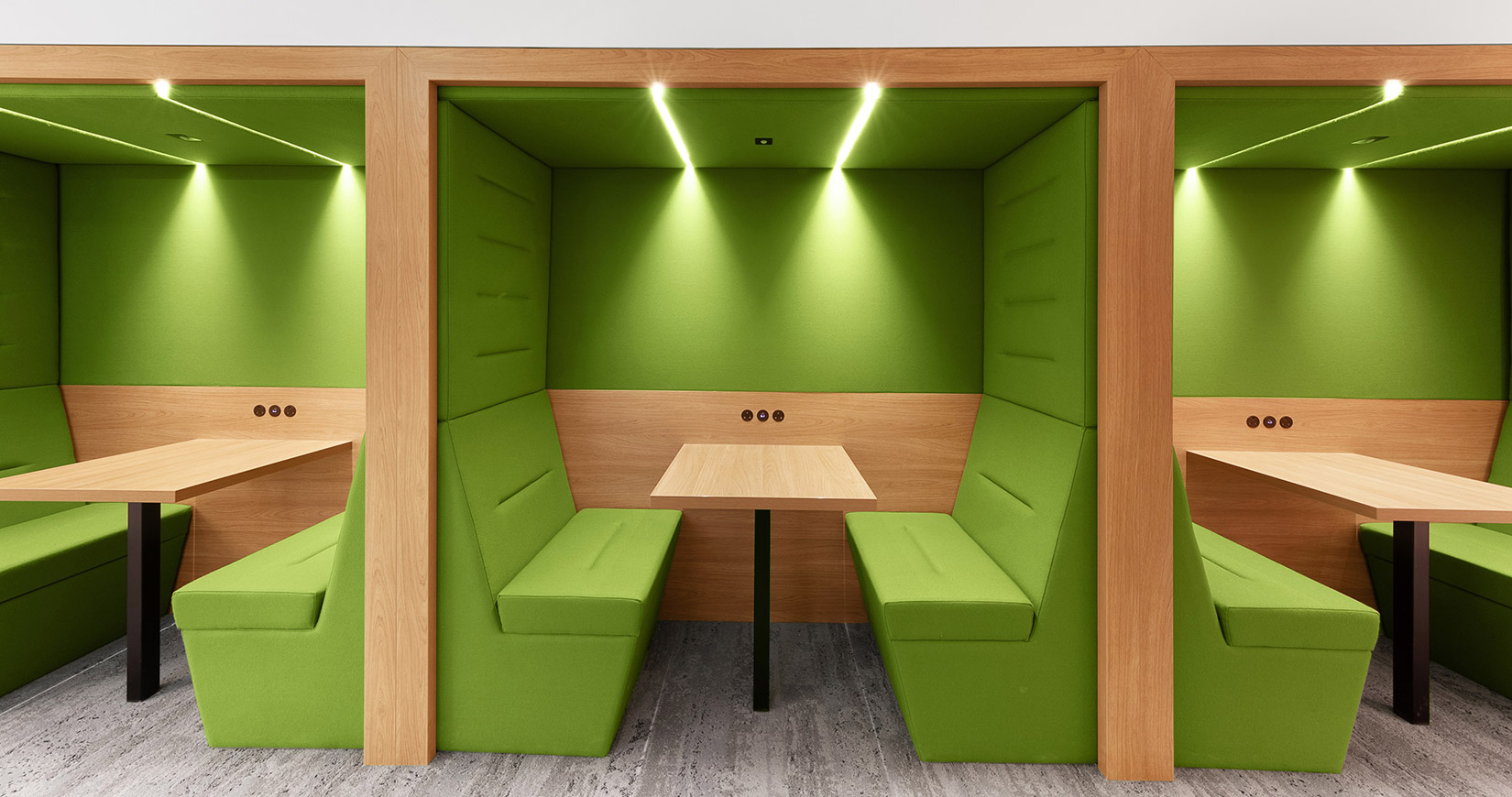
Vanessa Northway is the Deputy Vice-Principal for Learning &Teaching and Associate Head of the School of Textiles and Design at Heriot-Watt University Dubai.
While the reality of Covid-19 still looms across the globe, the drop in local cases means we are finally beginning to adjust to life with an eye towards a post-pandemic world. 2020 certainly saw major changes across global economies, with travel restrictions and lockdowns. While the restrictions have eased, there are many lessons that the interior design sector has learned.
From tuberculosis (TB) shaping clean, neutral-coloured, sun-filled, open-air modern architecture to plagues bringing in an era of indoor plumbing and wider open spaces, pandemics have always shaped interior design and architecture throughout the ages. As we now look optimistically into the future and hope for a better post-pandemic world, designers and architects are witnessing a surge in desire to relook at how interiors are designed.
Innovation is key to creating homes, offices and other spaces in this new world, with a new-born need to reshape our spaces.
Globally, every industry has been affected by the pandemic, either directly or indirectly. In the midst of panic-driven decisions and business model changes, what truly stood out in every industry was the ability to adjust and make changes. Creatively speaking, designers have had a huge task, from reimagining spaces that support the well-being of inhabitants to utilising flexibility of space across the board, from residences to retail.
Home Interiors
Multifunctional designs are most sought-after in home interiors. Spending more time at home instead of long hours at the office has changed the way most people view their living spaces. One of the most important things we have looked for in homes is open space that can be converted into a functional area like a home office, a workout nook or a flexible space that is multifunctional. Specifically for the home office, a space that can isolate us from the rest of the household is necessary in order to conduct online meetings, create presentations or take client calls. Architects and designers are now looking at spaces that can seamlessly change from a private room to a social one for the family or guests. Some changes can include repurposing spaces for multifunctional uses, while others can use multipurpose furniture, maximise exposure to daylight and fresh air, and create green areas inside the house.
Office Interiors
The pandemic has meant adapting to different working styles, and has brought major changes to everyday life for office workers. Reimagining office interiors is inevitable in a post-pandemic world. While most offices are looking to incorporate a more flexible way of working, this would still mean significant changes in office layouts. As more people return to work in the UAE and globally, health and security measures must be put into place to ensure everyone’s safety. And while efficiency has always been at the core of creating workspaces, incorporating balanced and human-centric design is now more important than ever. Safely distanced seating arrangements, isolation rooms, single-capacity pods to serve individuals attending calls alone, large conference rooms to suit smaller groups for meetings, using surface materials that can be sanitised regularly and easily, and improved indoor air ventilation are all changes that can be incorporated in office interiors. The biggest priority, however, is to support the health and well-being of employees. Simple ideas – such as brighter interior colours, sustainable materials, smaller one-to-one seating arrangements, and incorporating local design elements into spaces – can significantly affect how offices are viewed.
Retail spaces and restaurants
Shopping malls, restaurants and cafés have all opened at nearly full capacity in the UAE over the past few months. However, full-capacity numbers have been reduced. While the key concern for retail establishments is to bounce back after a sales slump experienced during the early months of the pandemic, it is clear that interior design for these spaces has gained prominence. For example, future retail spaces could make distancing markers permanent, with different coloured carpets to mark where each customer should stand, or include different types of flooring to indicate waiting areas. Additionally, retailers need to incorporate materials and textures that discourage bacteria and live viruses. In cafés, booths or screens may become a permanent fixture to ensure a safe distance between patrons. Designers will also need to focus on revamping outdoor seating so more people can opt to sit outdoors, depending on the weather. Pre-fabricated dividers, smaller waiting spaces and larger dining spaces, as well as secondary entrance options, are all ideas that can form the future of restaurant designs.
While maximising spacial design is crucial, a common challenge when designing any space in a post-pandemic world is increased ventilation and air quality. From homes to offices, retail stores and restaurants, air circulation will be a key component of interior design now and in the future. With the weather in the UAE restricting outdoor activities for more than six months a year, everyone inevitably turns to indoor areas, be it for eating, shopping or even sports. The pandemic has taught us many design-oriented lessons, and the future of interior design can benefit from these changes and learnings.

The Latest
Textures That Transform
Aura Living’s AW24 collection showcases the elegance of contrast and harmony
Form Meets Function
Laufen prioritises design, functionality and sustainability in its latest collections
Preserving Culture, Inspiring Creativity
Discover the Legacy of a Saudi Art Space: Prince Faisal bin Fahd Arts Hall explores the Hall’s enduring influence on the cultural fabric of Saudi Arabia
Channelling the Dada Spirit
Free-spirited and creative, The Home Hotel in Zurich injects a sense of whimsy into a former paper factory
id Most Wanted- January 2025
Falaj Collection by Aljoud Lootah Design
Things to Covet in January
identity selects warm-toned furniture pieces and objets that align with Pantone’s colour of the year
Shaping the Future of Workspaces by MillerKnoll
Stacy Stewart, Regional Director Middle East & Africa of MillerKnoll discusses the future and evolution of design in workspaces with identity.
Shaping Urban Transformation
Gensler’s Design Forecast Report 2025 identifies the top global design trends that will impact the real estate and built environment this year
Unveiling Attainable Luxury
Kamdar Developments has launched 105 Residences, a new high-end development in Jumeirah Village Circle.
The Muse
Located in the heart of Jumeirah Garden City, formerly known as ‘New Satwa’, The Muse adds to the urban fabric of the area
Cultural Immersion Meets Refined Luxury
The Chedi Hegra opens its doors in AlUla’s UNESCO World Heritage Site
Redefining Coastal Luxury
Sunshine Bay on Al Marjan island combines seaside views, exceptional design, and world-class amenities to create a unique waterfront haven


